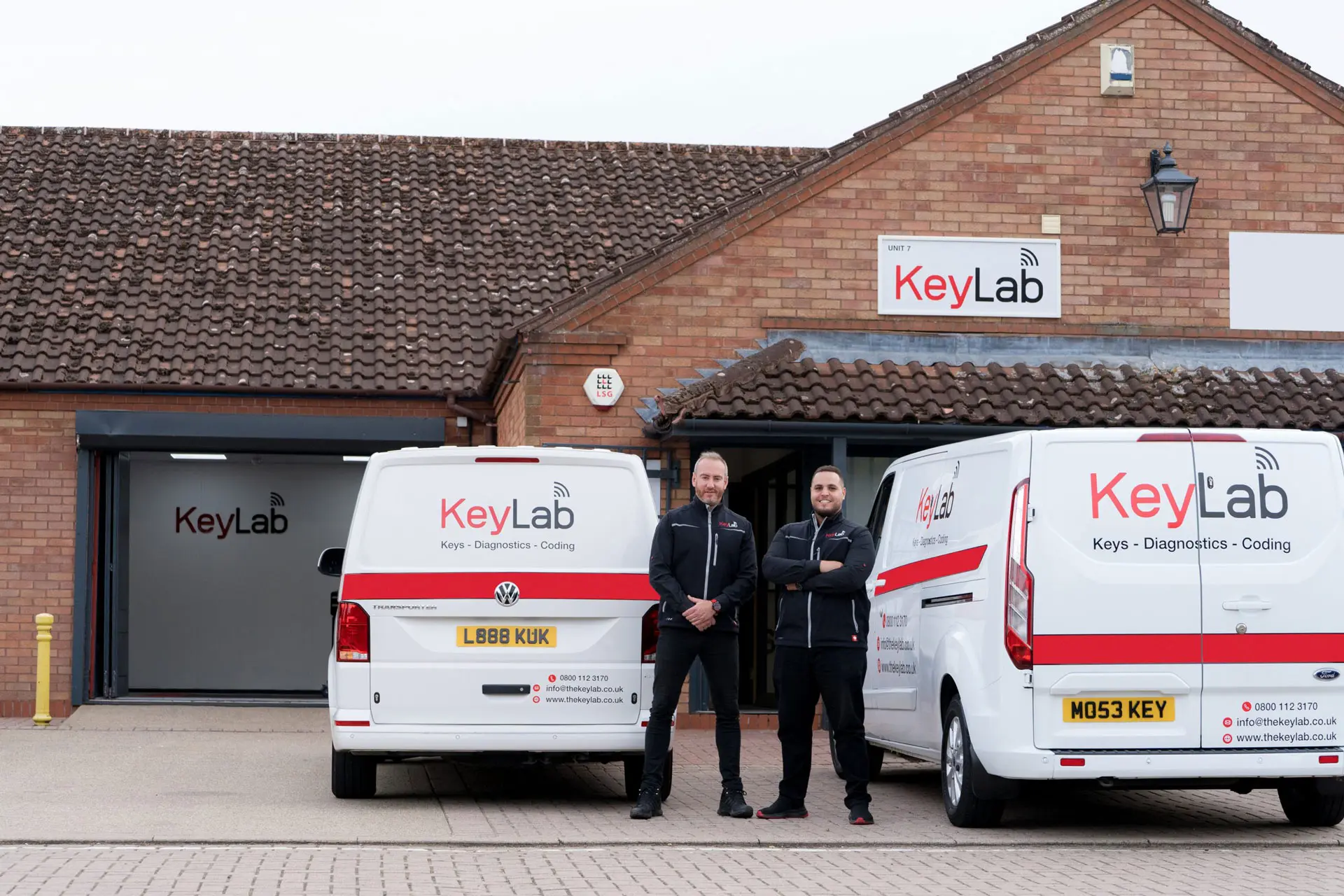Broken Key Repair: Solutions for Common Lock Issues
Introduction
Keys are essential tools in our every day lives, enabling us to protect our homes, cars, and individual belongings. Nevertheless, they can likewise break, resulting in disappointments and inconveniences. Comprehending how to attend to broken car lockout service is crucial for anyone wishing to maintain their locks and ensure access to their residential or commercial property. This article covers different elements of broken key repair, consisting of common causes, repair approaches, and preventive steps to prevent future instances.
Common Causes of Broken Keys
Keys can break for numerous reasons. Understanding these causes can assist in avoiding future incidents:
- Wear and Tear: Over time, keys can wear down due to regular use, resulting in weakened shafts that are more likely to break.
- Poor Key Design: Keys that are badly developed may lack structural stability, making them more vulnerable to breaking under tension.
- Inaccurate Key Usage: Using excessive force to turn a key, especially in a jammed lock, can easily result in a damage.
- Ecological Factors: Extreme temperature levels or direct exposure to wetness can weaken metal keys, leading to brittleness.
- Lock Malfunctions: A malfunctioning lock can put undue tension on a key, causing it to snap during operation.
Indications of a Broken Key
Recognizing a broken key frequently features obvious signs. Here are some indicators:
- Partial insertion into the lock: If the key can not be totally inserted or gotten rid of.
- Sudden resistance: If the key feels stuck when being turned.
- Visible divides or fractures: Inspecting the key can expose cracks or breaks in the metal.
- Insufficient engagement: The key might turn less than needed to activate the lock.
Methods for Broken Key Repair
When confronted with a broken key, there are numerous methods to think about for repair. It is necessary to select the right one based upon your specific circumstance.
1. Get Rid Of the Broken Key
If a key breaks within a lock, the first action is to get rid of the broken portion:
- Use tweezers or needle-nose pliers: If a piece is protruding of the lock, gently pull it out.
- Insert a key extractor tool: This specialized tool can help extract lodged parts more successfully.
| Tool | Best Used For |
|---|---|
| Tweezers | Shallow extraction |
| Key extractor tool | Deeply lodged key pieces |
| Lubricant spray | Easing extraction of stuck parts |
2. Superglue Method
For circumstances where a key has partly broken but is intact enough to stay gripped, the superglue strategy might provide a short-term fix.
- Clean the broken surfaces completely.
- Use a thin layer of superglue.
- Hold the pieces together for a couple of minutes up until the glue sets.
Keep in mind: This technique is not an irreversible solution and must be utilized with caution as the repair can quickly fail under operational stress.
3. Metal Epoxy
For a more robust repair, metal epoxy provides a more powerful bond than superglue.
- Follow the instructions on the epoxy product packaging for preparing the adhesive.
- Apply to the broken area and hold up until set (normally a few hours).
4. Duplicate the Key
In instances where lock performance is necessary, developing a duplicate key is often the best route:
- Visit a locksmith: Many locksmiths can replicate keys quickly and effectively.
- Use a key-tracing service: Some locksmith professionals use tracing methods to cut a similar key based on the residues.
5. Lock Replacement
When keys repeatedly break, it might be due to lock issues instead of key integrity. In such cases:
- Consult a locksmith to assess the lock's condition.
- Consider changing the lock entirely if significant damage or wear appears.
Avoiding Key Breakage
Preventing key damage is typically much better than repair. Here are some useful tips:
- Limit force on keys: Always turn keys carefully to avoid unnecessary stress.
- Regular key examination: Check for wear and replace keys showing indications of damage.
- Use a keychain: Prevent excessive flexing by utilizing a sturdy keychain.
- Oil locks: Ensure locks operate efficiently to minimize pressure on keys.
- Shop keys correctly: Avoid placing type in environments that can cause rust or deterioration.
Frequently Asked Questions About Broken Key Repair
1. Can I repair a broken key myself?
Yes, you can attempt to repair a broken key yourself utilizing approaches like the superglue or metal epoxy techniques. However, these are momentary repairs, and it is recommended to speak with an expert locksmith for a more long lasting service.
2. Is it worth repairing a broken key?
In some cases, especially with emotional or special keys, a repair may deserve it. For basic keys, replication or replacement is typically more reliable and reputable.
3. How can I avoid my keys from breaking?
To avoid breakage, make sure that keys are not subjected to extreme force, regularly inspect them for wear, and keep locks properly maintained.
4. When should car key duplication seek a locksmith's help?
If you are unable to eliminate a broken key from a lock or if the lock malfunctions frequently, it's best to look for a locksmith's expertise.
Broken keys can provide a considerable hassle, but they are manageable with the right method. By comprehending the common causes and readily available repair approaches, people can react effectively to key breakage. Drawing from preventive measures will also assist preserve key stability and functionality. Ultimately, a proactive technique to key and lock maintenance can considerably decrease the frequency of these frustrating problems.

